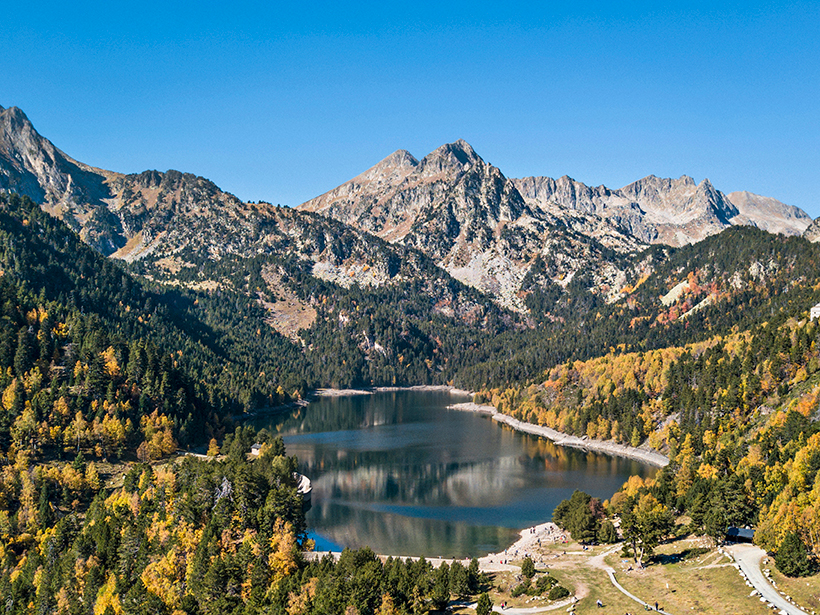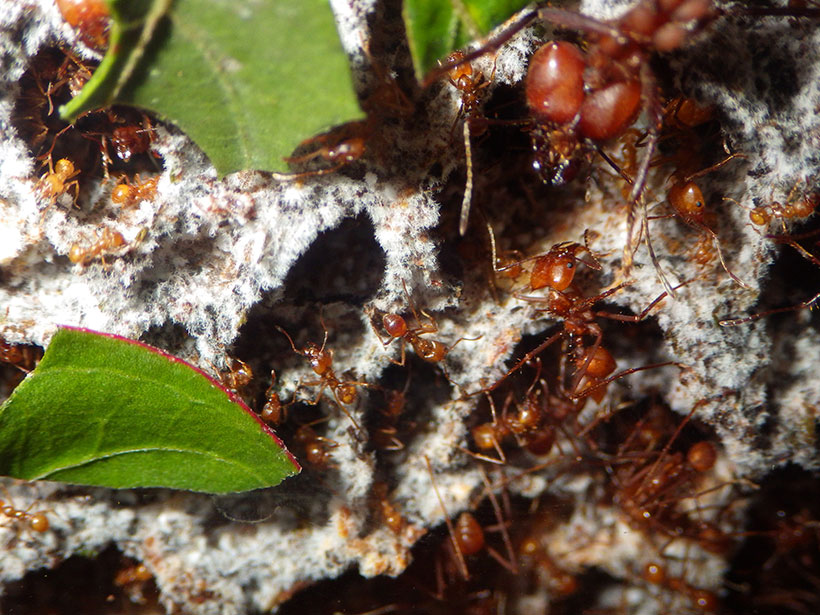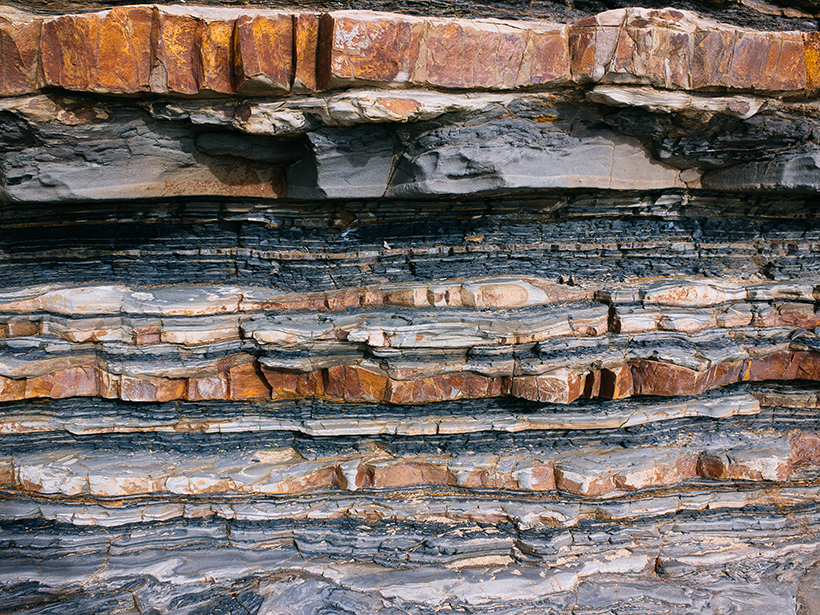Alberto Montanari received the William Kaula Award at the 2018 AGU Fall Meeting Honors Ceremony, held 12 December 2018 in Washington, D. C. The award honors an individual “for unselfish service to the scientific community through extraordinary dedication to, and exceptional efforts on behalf of, the Union’s publications program.”
CC BY-NC-ND 2019
Microbes Rain Down from Above, to the Tune of the Seasons
Every time snow or rain falls, it brings with it microbes from high in the atmosphere. Could those microbes have a seasonal signal, just like the plants on the land below?
New Real-Time Model May Protect Astronauts from Space Radiation
Solar energetic particle events pose an acute risk to space travelers outside the protection of Earth’s magnetic field. A new initiative aims to quantify the danger.
Hooper Receives 2018 Edward A. Flinn III Award
Richard P. Hooper received the Edward A. Flinn III Award at the AGU Fall Meeting 2018 Honors Ceremony, held 12 December in Washington, D. C. The award is given annually to “an individual or small group who personifies the Union’s motto of ‘unselfish cooperation in research’ through their facilitating, coordinating, and implementing activities.”
Jobbágy, Lopes, and Reddy Receive 2018 Ambassador Awards
Esteban G. Jobbágy, Rosaly M. C. Lopes, and Christopher M. Reddy received the 2018 Ambassador Award at the AGU Fall Meeting Honors Ceremony, held 12 December 2018 in Washington, D. C. The award is in recognition of “outstanding contributions to one or more of the following area(s): societal impact, service to the Earth and space community, scientific leadership, and promotion of talent/career pool.”
Climate Change and Sea Level Rise in the Mediterranean
1st National Workshop on Climate Change and Sea Level Rise in the Mediterranean; Rome, Italy, 5–6 July 2018
Evaluating the Efficiency of Data Assimilation
Information is lost when researchers combine statistical models and remote sensing data, but just how much is often unclear. A new study offers a framework to measure the inefficiency.
Ant Nests Act as Carbon Dioxide Chimneys
Leaf-cutter ant nests emit thousands of times more carbon dioxide than the surrounding soils do, a new study has found.
How Do Turbidity Currents Accelerate?
Flume experiments show that a self-reinforcing cycle can strengthen the currents responsible for transporting large amounts of sediment to the deep oceans.
Radionuclide Data from GEOTRACES Improve Particle Flux Estimates
New measurements of multiple radionuclides in the Atlantic Ocean offer a robust constraint on the sinking flux of particles and associated vertical fluxes of biogeochemically important elements.







